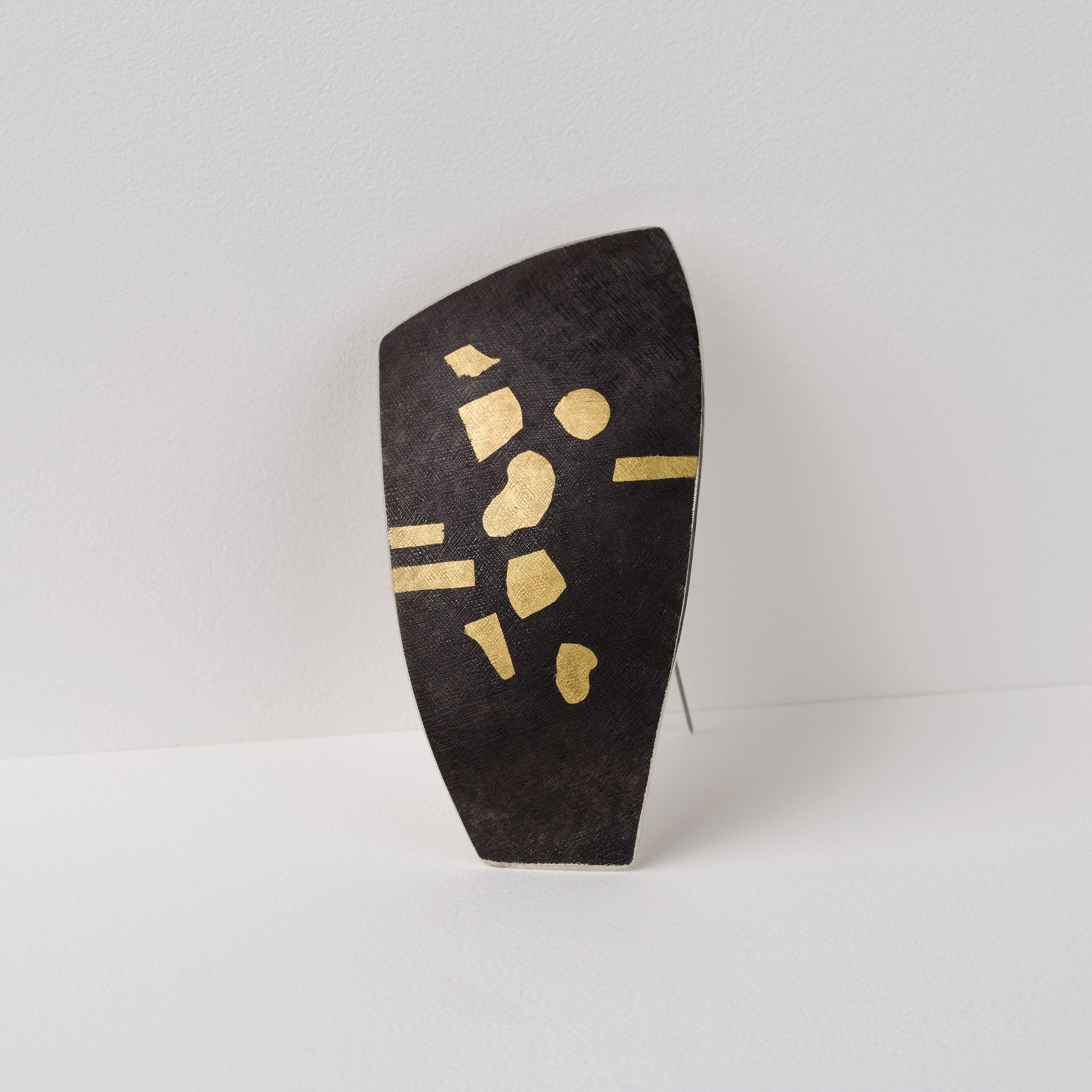Frugal Metalworking
The European Chemical Society in 2019 created the Endangered Materials Elements Periodic Table. There is a serious threat to silver in the next 100 years; copper has a rising threat due to increased use; and gold has a limited availability with a future risk to supply. In addition to recovering precious metals from electronic waste we urgently need to make use of frugal ways of working these culturally significant metals.
Japanese metalworking is interesting in this respect. Gold, although found in many localities in Japan was never abundant. Japan’s frequent sumptuary laws also meant that gold was always a metal to be used sparingly. Consequently, Japanese metalsmiths developed various techniques that use a minimal amount of gold for maximum effect. These techniques include creating gold alloys (eg. Shakudo 95% copper 5% Gold), depletion gilding (bringing the gold to the surface) and different types of overlay and inlay that use thin gold foils.
Nunome Zogan means cloth weave overlay and uses foils 0.02mm thick and the gold is attached to the base metal by creating a cross-hatched ground made with chisels. Around 7 - 9 chisel marks per mm created in three different directions at 45 degrees to each other. The technique is a type of Damascening that it is believed was introduced to Japan by the Portuguese in the 16th Century. The technique was originally used on Iron and Steel to decorate weapons although more recent practitioners have expanded this to include copper, brass and sterling silver.



Process, Repetition and Time. Nunome Zogan
This video was filmed during a residency at Greywood Arts in Ireland and showcases the traditional Japanese metalwork technique Nunome zogan that uses gold sparingly. It highlights the importance of process, repetition and time in creativity.
